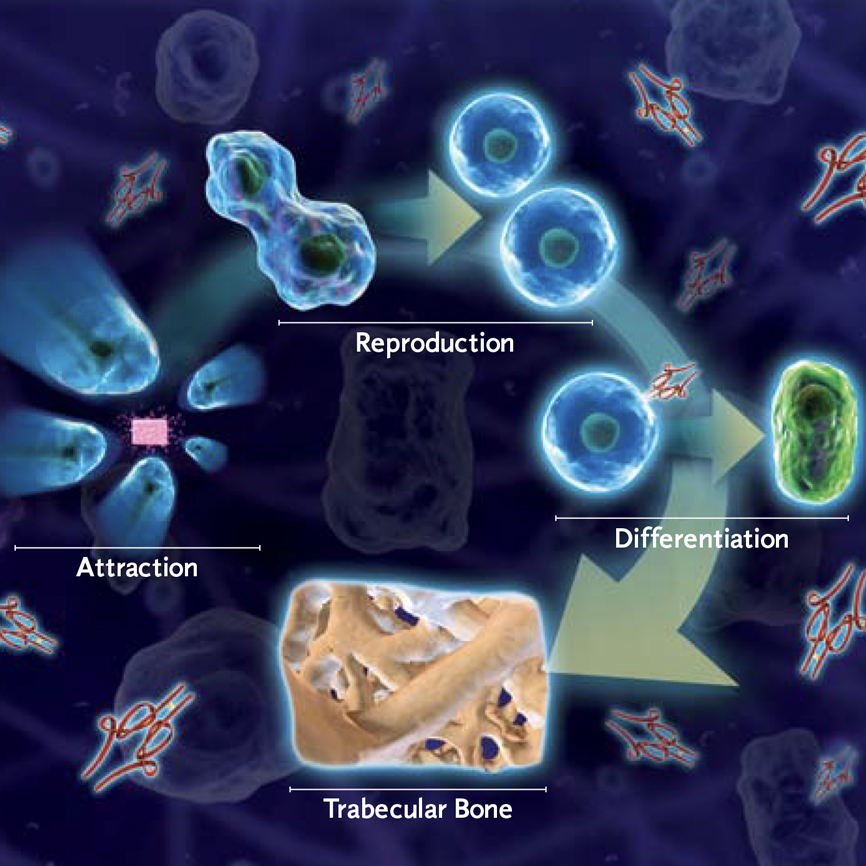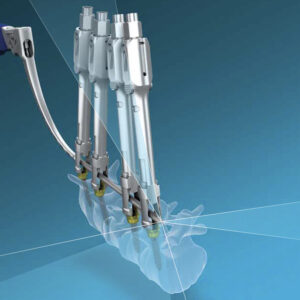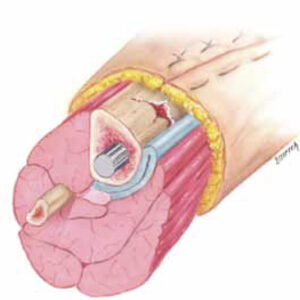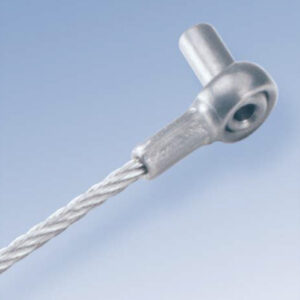Normal Bone Formation
Normal bone formation and healing involves the coordinated interaction between bone-forming cells and biologic signals. The principal workforce in this process is the osteoblasts and their precursors, the Mesenchymal Stem Cells (MSCs). MSCs are undifferentiated, multipotent cells found in bone marrow, the periosteum, and to a lesser extent, muscle tissue. With proper stimuli, MSCs can differentiate into a number of different cell types, including osteoblasts and chondroblasts. The matrix onto which new bone mineral forms is comprised of a collagen framework that makes up about 30% of human bone. Osteoblasts produce new bone on this collagen matrix, and initiate the release of biologic signals that direct the formation and remodeling of bone. These biologic signals attract MSCs and other bone-forming cells to the site of bone formation as well as cause the differentiation of MSCs into osteoblasts. Mechanical loading of the site can be a type of biologic signal, which directs the activity of these bone-forming cells to produce and remodel new bone. Growth factors and other proteins are also biologic signals that can be involved in new bone formation and healing.






